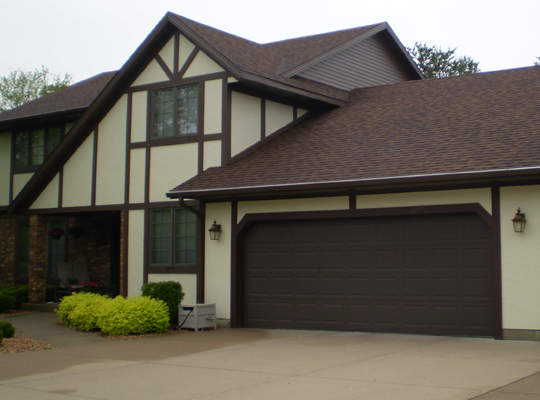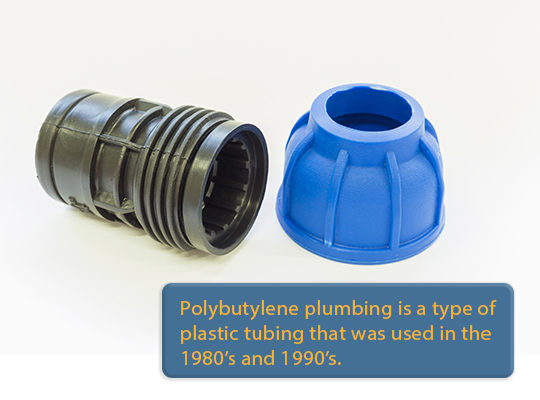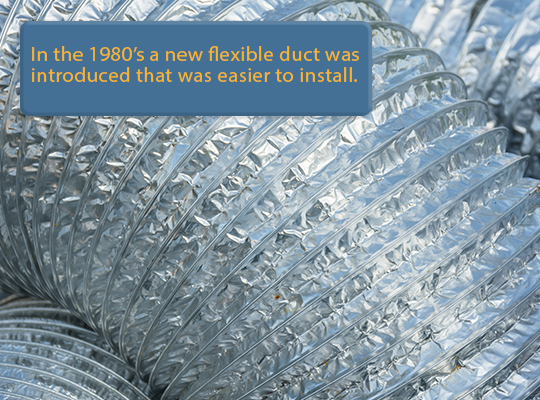What to know when purchasing a home built in the 1980’s
Technology has evolved over the years. When purchasing a home built in the 1980’s it may have some products or materials used in the past that have been found to be problematic and should be replaced. These problems could cause leaks or fires. The home inspection report should help identify these problems. If the problems are found, a licensed professional should be consulted to evaluate the systems for your family’s and home’s safety.
Learn more about HomeMD inspections

Polybutylene Plumbing
Polybutylene plumbing is a type of plastic tubing that was used in the 1980’s and 1990’s. It is easier and cheaper to install and doesn’t corrode. This made it very popular. The problem is that the connections failed and caused flooding. This causes a lot of property damage and can be expensive. If the home inspection finds this type of pipe in your home, consider getting a total evaluation of the plumbing system by a licensed plumber. The home may need to be re-piped.

Furnace
Another popular component of houses built in the 1980’s was a horizontal furnace. These were installed in the attic to save space. They have been recalled due to the risk of fire. The furnaces were manufactured with metal rods over the burner ribbons called NOx rods. These rods were intended to reduce harmful emissions. Unfortunately, the NOx rods became red hot each time the furnace turned on, causing them to become brittle. They would deteriorate until they broke. The red hot rods would then fall through the bottom of the furnace and set the house on fire. These furnaces were recalled. Some furnaces were made that looked similar but did not contain NOx rods. Some heating contractors refuse to work on these units for liability reasons.
Flexible Ducts
Ductwork was rigid and wrapped with insulation. In the 1980’s a new flexible duct was introduced that was easier to install. It was made of a plastic tube held open with a coil of wire similar to a large spring. The tube was then wrapped with insulation and a plastic sleeve. The plastic was not tested for resistance to UV damage. Sunlight filtering in through gable vents would deteriorate the plastic sleeve. This allowed the fiberglass insulation to fall away. This lack of insulation reduced the efficiency of the HVAC system. These ducts may be repaired, but duct replacement is most likely the best solution.

Not all houses built in the 1980’s have these problems. Home Inspectors will not be able to know what products have been recalled. Discuss any concerns you may have with your inspector at the time of the home inspection.
Schedule a Home Inspection Now
